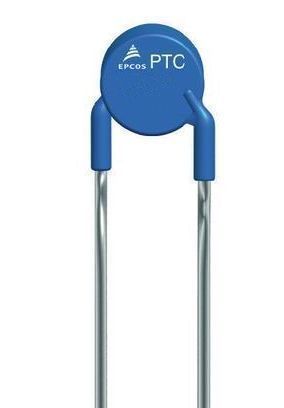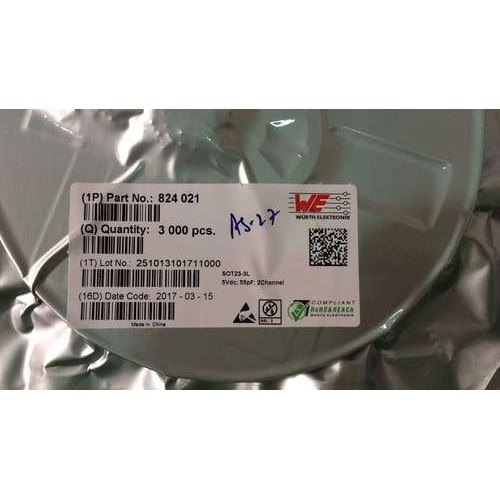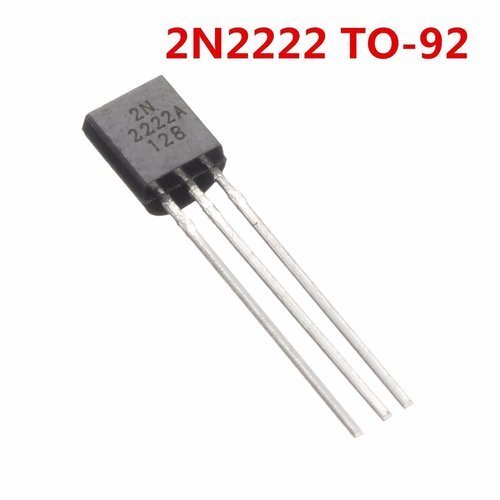Description
Product details
If is positive, the resistance increases with increasing temperature, and the device is called a positive temperature coefficient (PTC) thermistor, or posistor. If is negative, the resistance decreases with increasing temperature, and the device is called a negative temperature coefficient (NTC) thermistor. PTC thermistors are Positive Temperature Coefficient resistors generally made ofpolycrystalline ceramic materials that have a high positive temperature coefficient, which increases in resistance as the temperature increases. There are two types of thermistors: Negative Temperature Coefficient (NTC) and Positive Temperature Coefficient (PTC). With an NTC thermistor, when the temperature increases, resistance decreases. Conversely, when temperature decreases, resistance increases. ... A PTC thermistor works a little differently. PTC thermistors are resistors with a positive temperature coefficient, which means that the resistance increases with increasing temperature. PTC thermistors are divided into two groups, based on the materials used, their structure and the manufacturing process. ... The second group is the switching type PTC thermistor. A thermistor is a component that has a resistance that changes with temperature. There are two types of thermistor, those with a resistance that increase with temperature (Positive Temperature Coefficient – PTC) and those with a resistance that falls with temperature (Negative Temperature Coefficient – NTC). An LDR is a component that has a (variable) resistance that changes with the light intensity that falls upon it. This allows them to be used in light sensing circuits. Testing a PTC thermistor follows all the same steps as a NTC thermistor. Firstcheck, with an ohmmeter, the thermistor without any heat applied. With a PTCthermistor at room temperature or below, the thermistor should measure a very low resistance. Now apply heat, just like before, to the thermistor's body.






